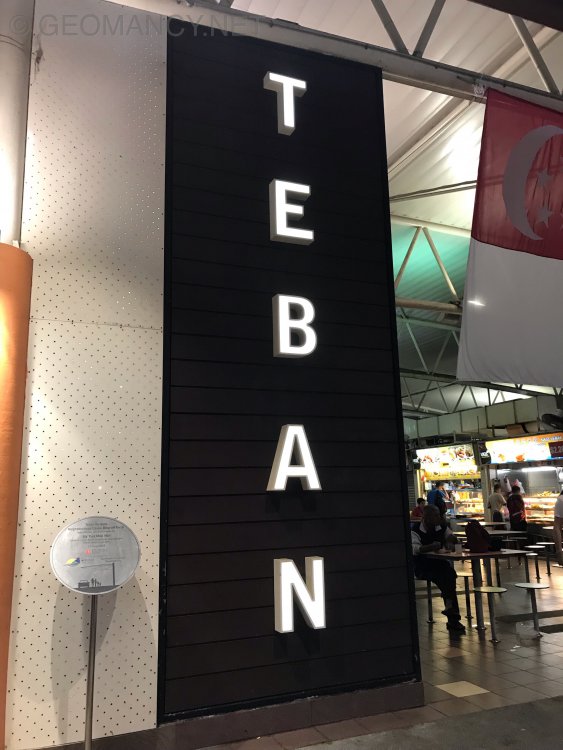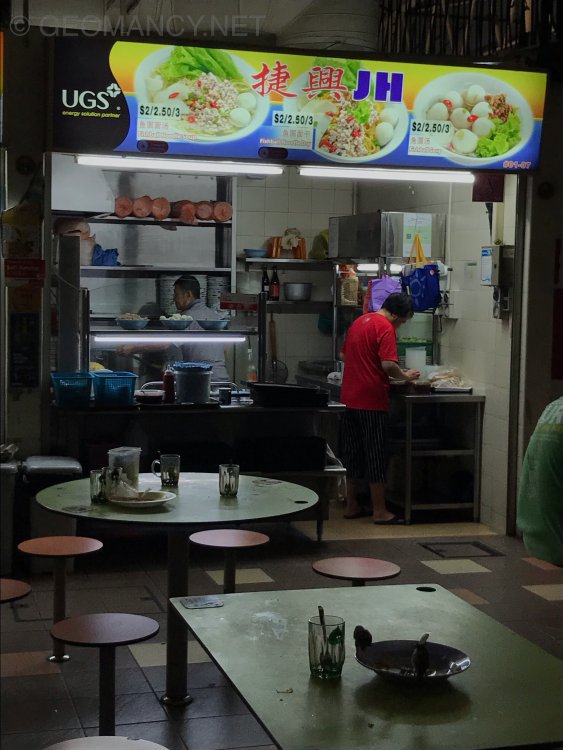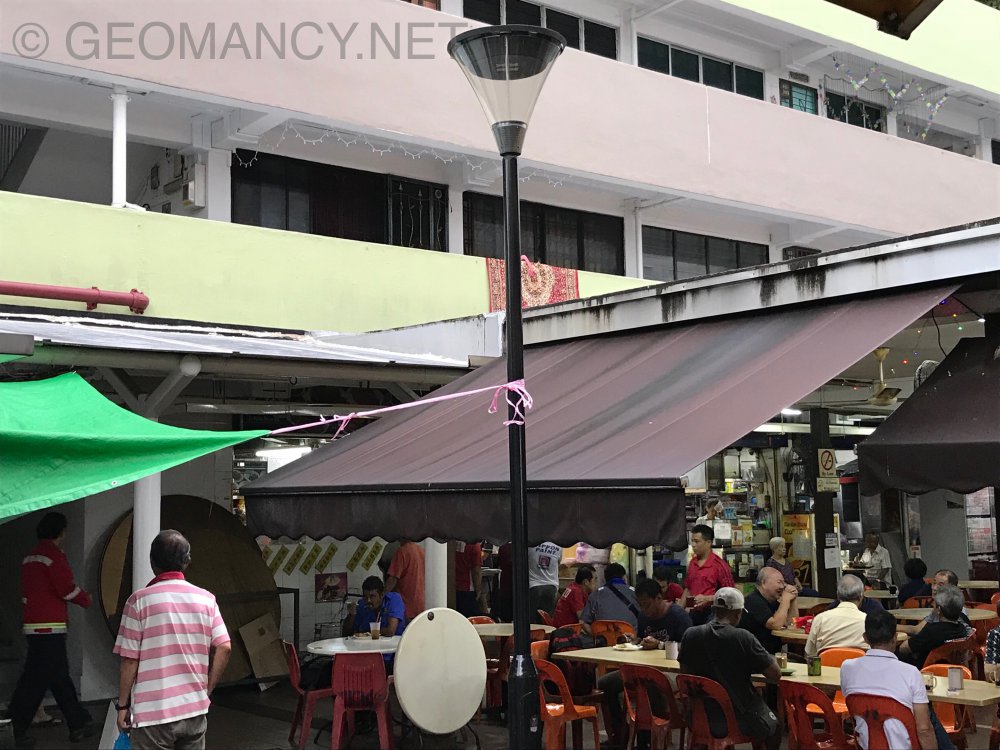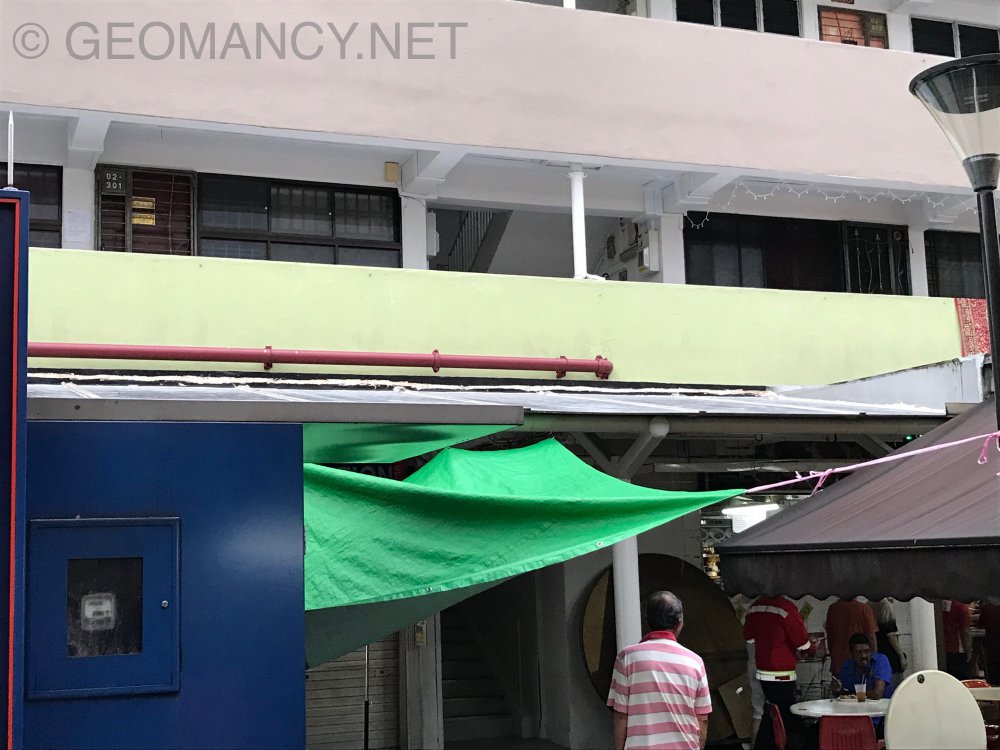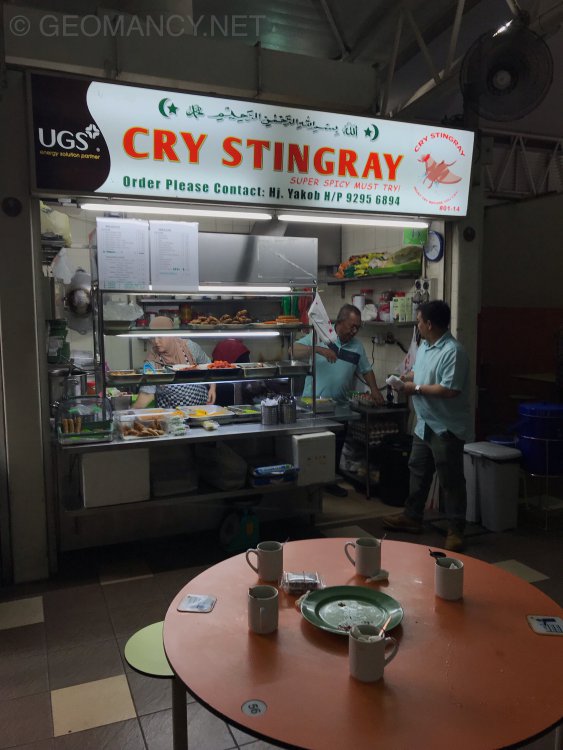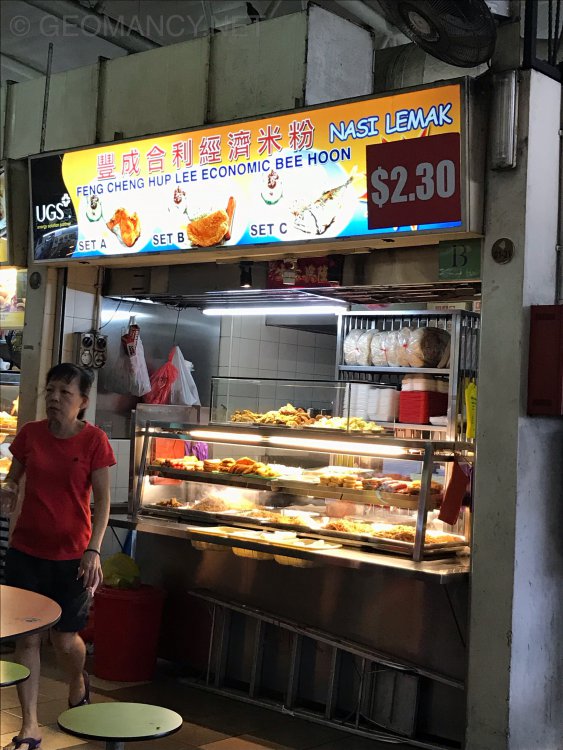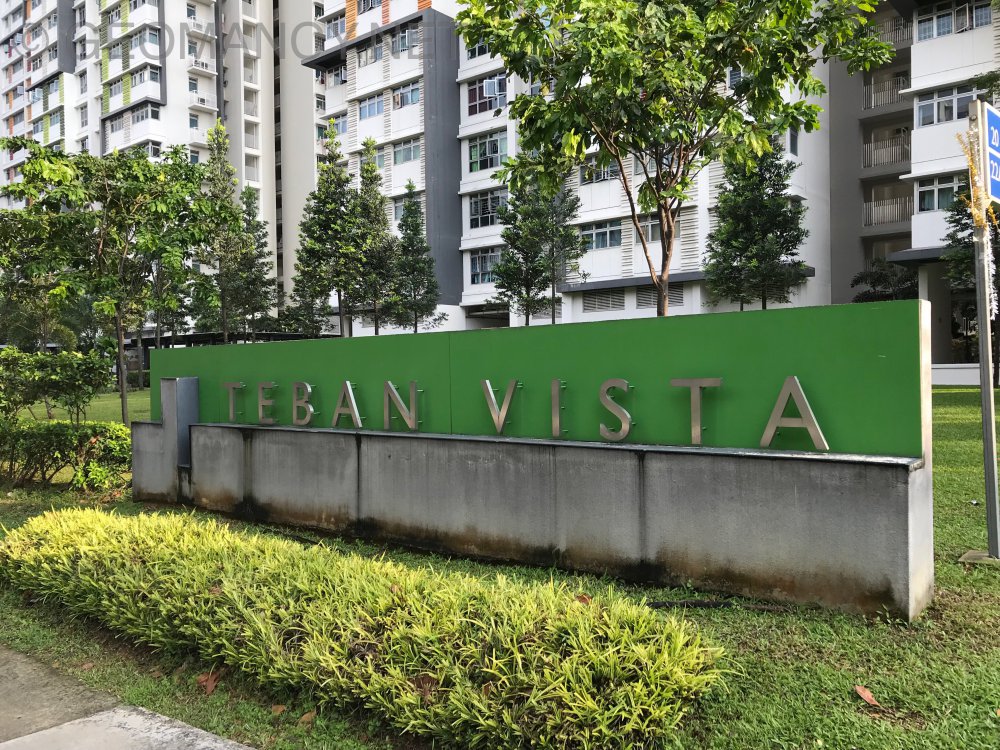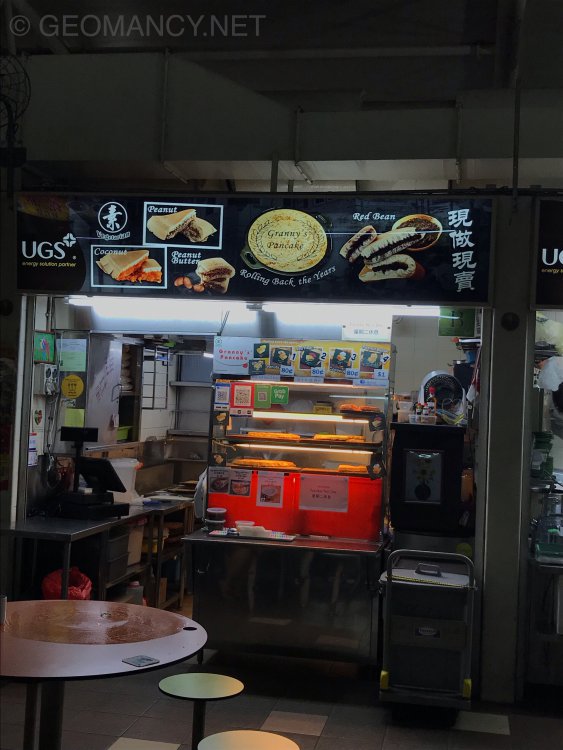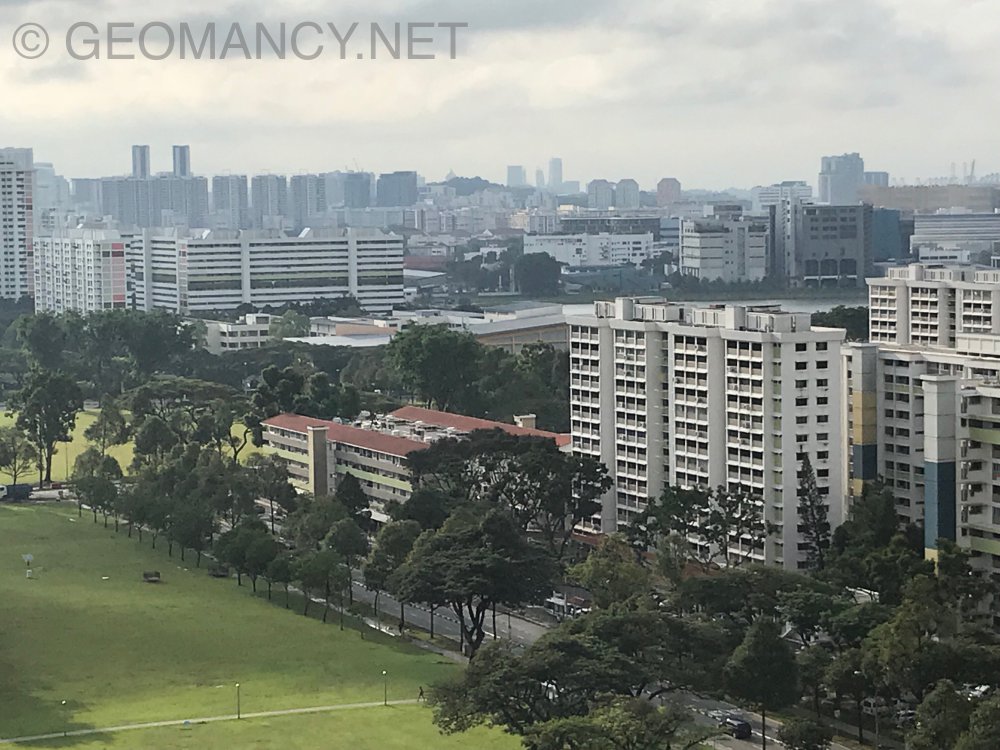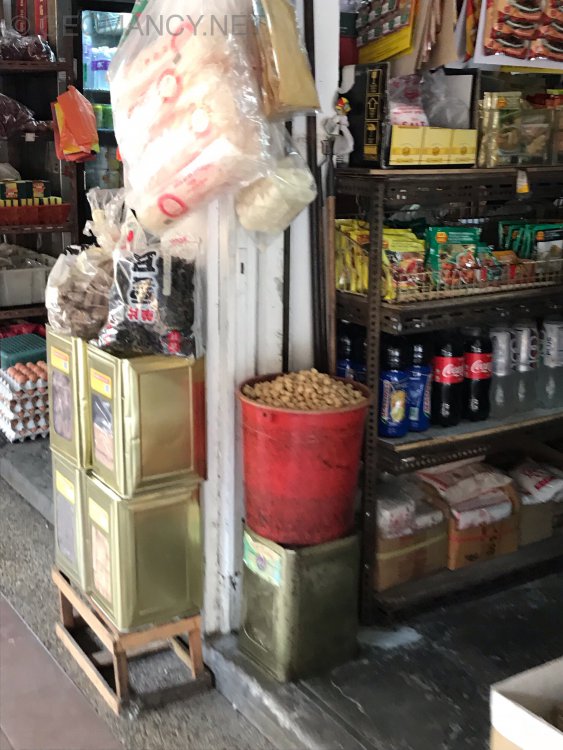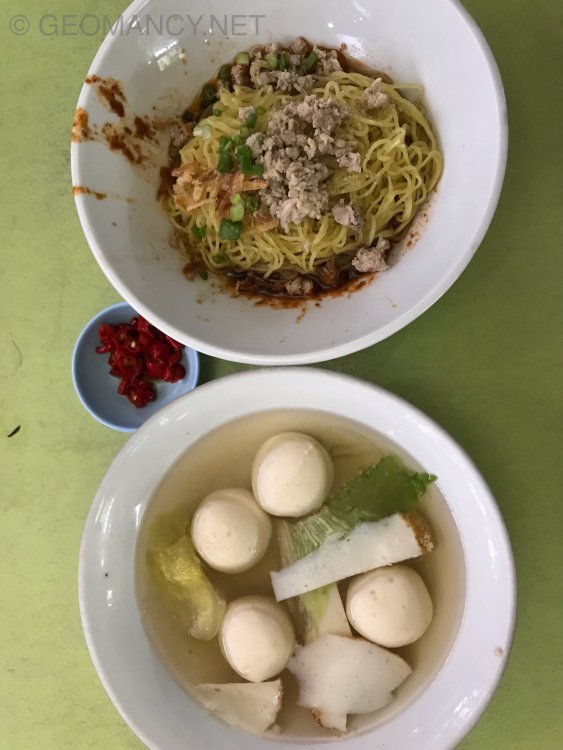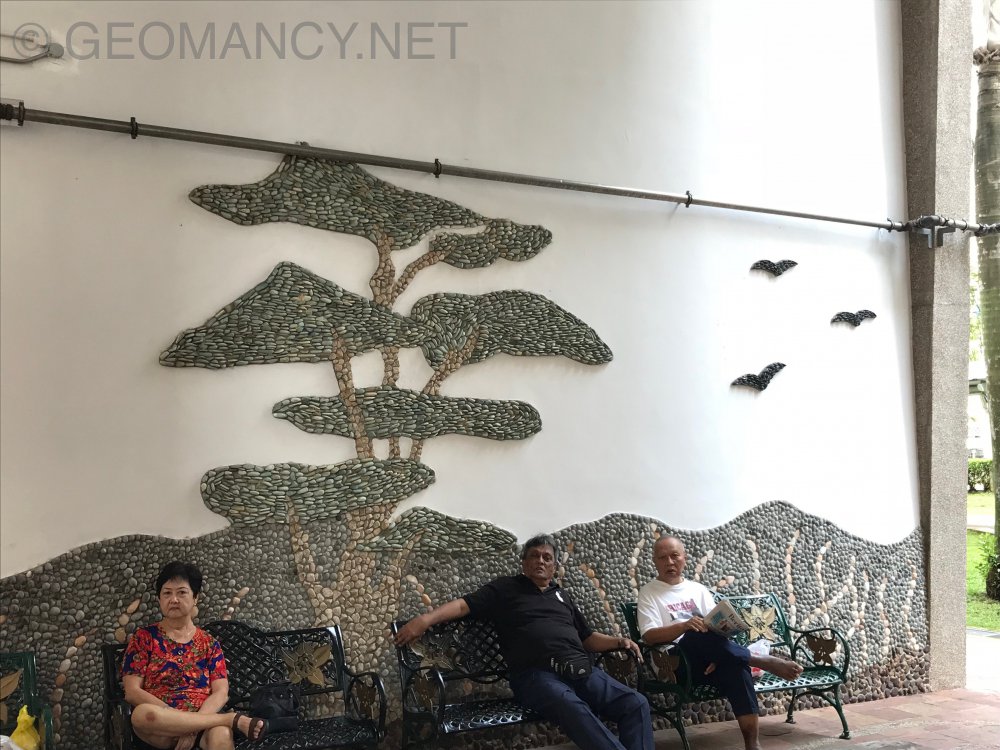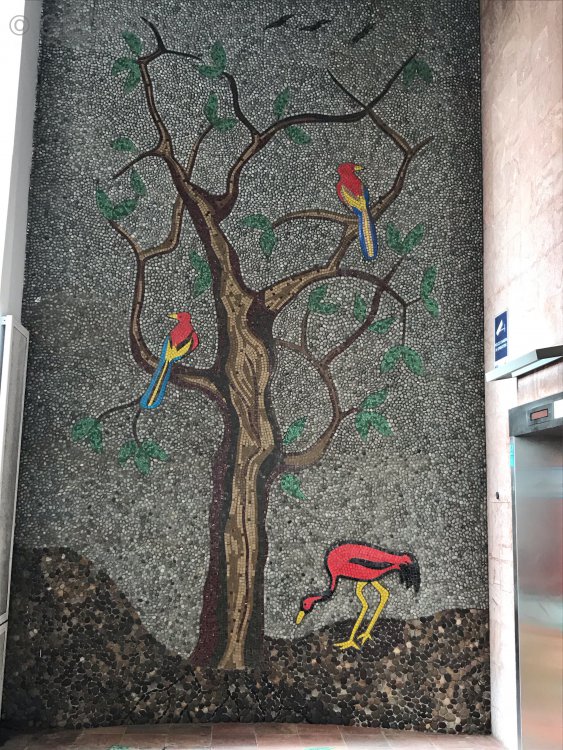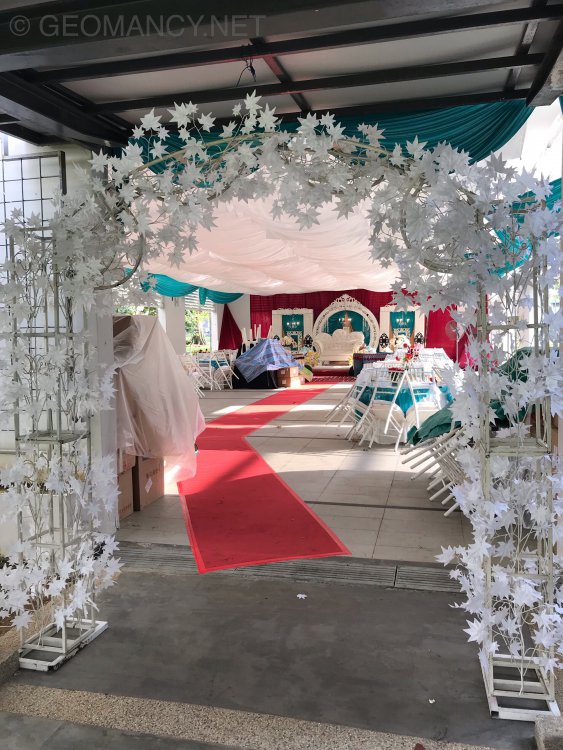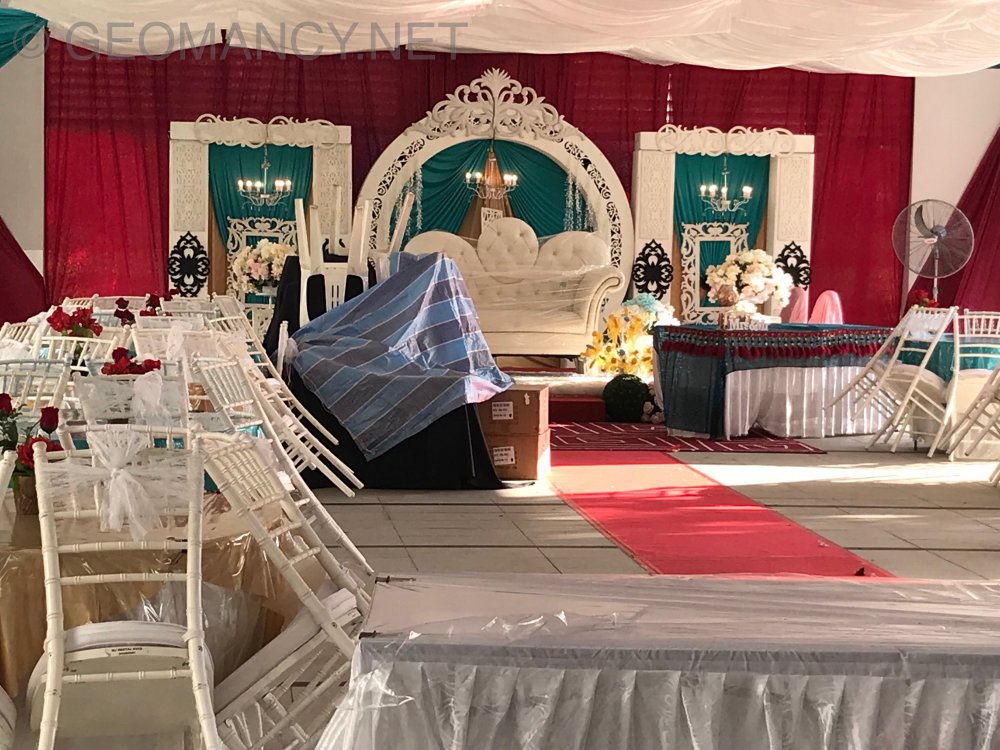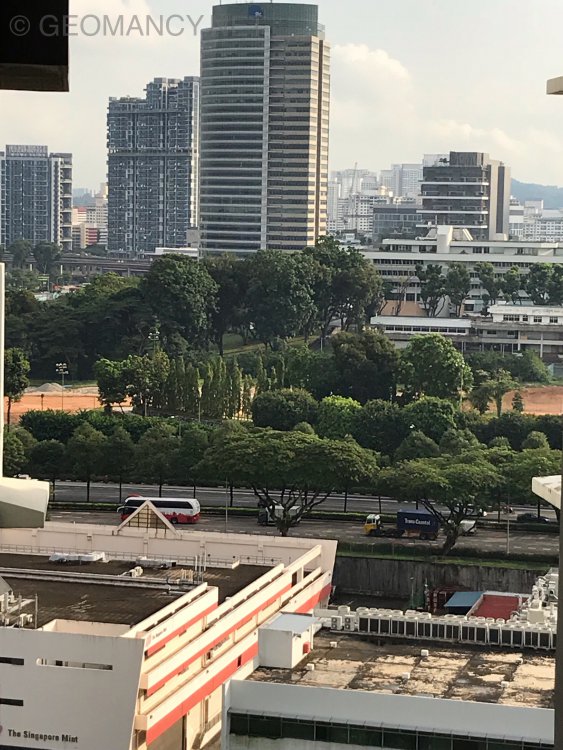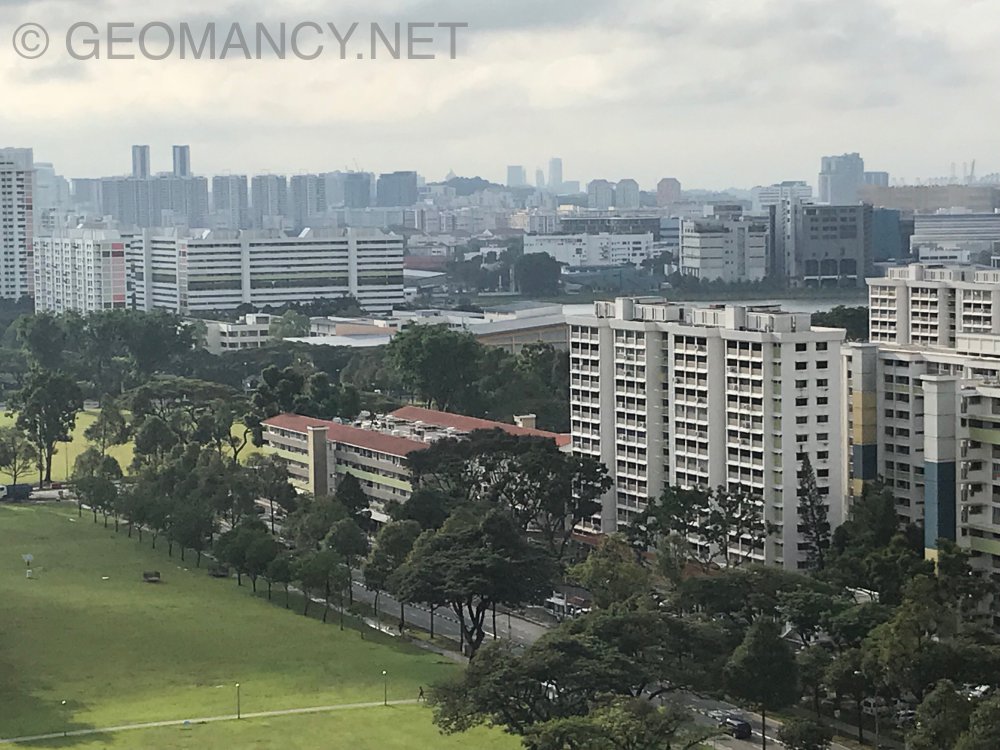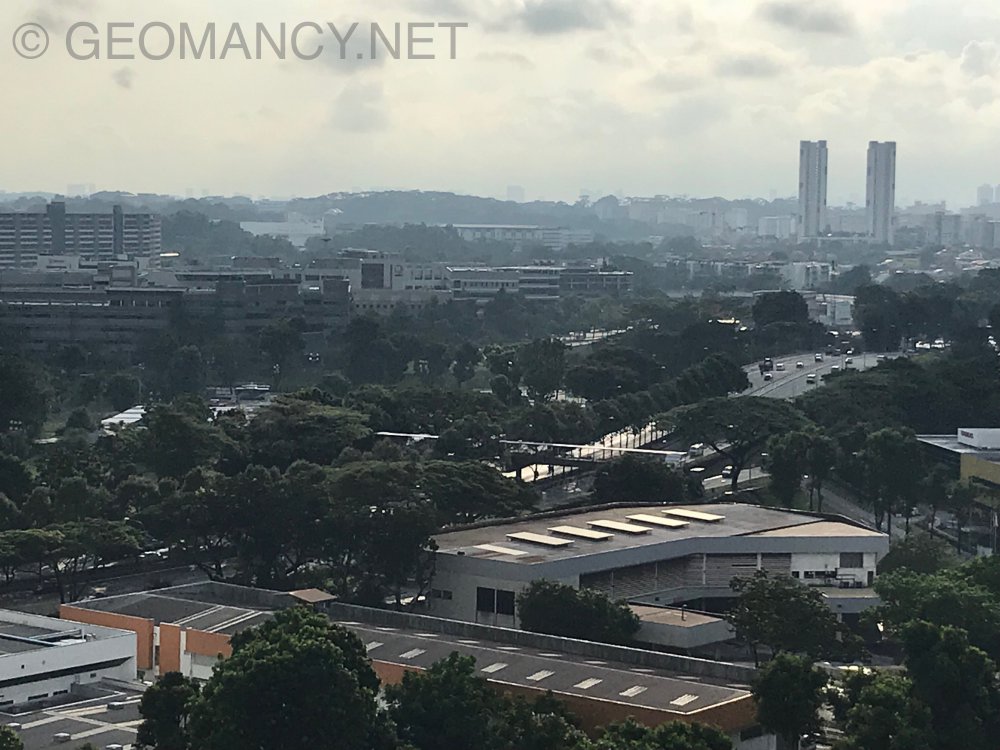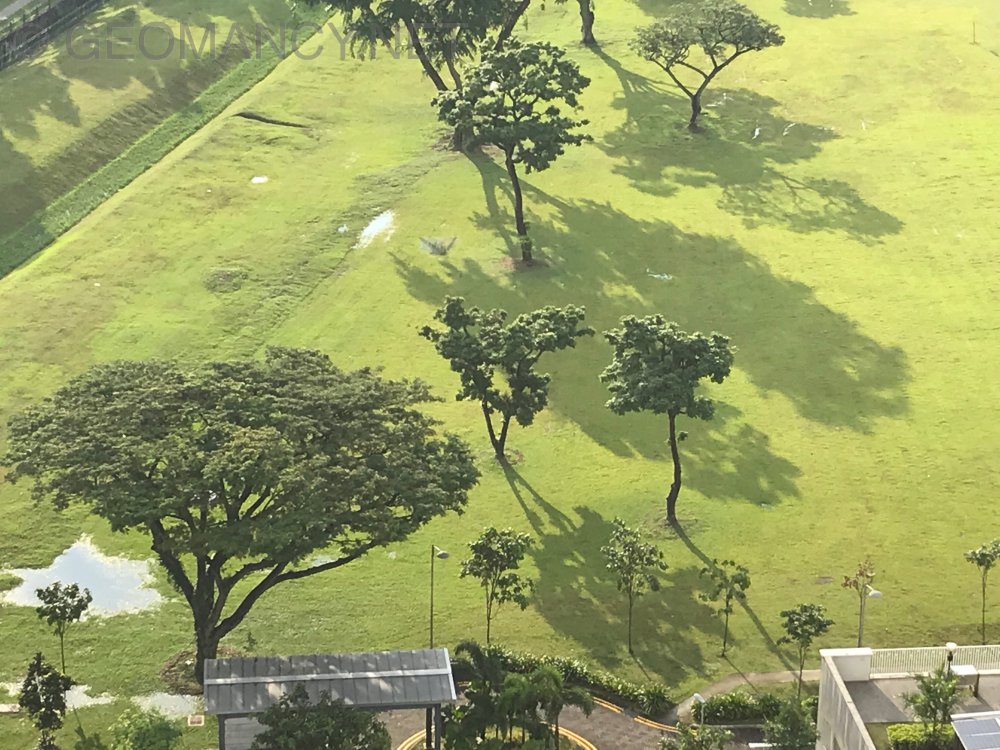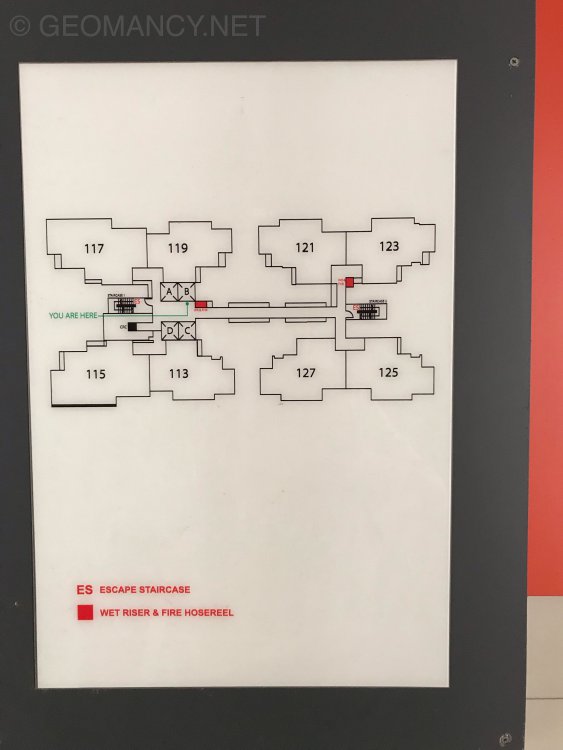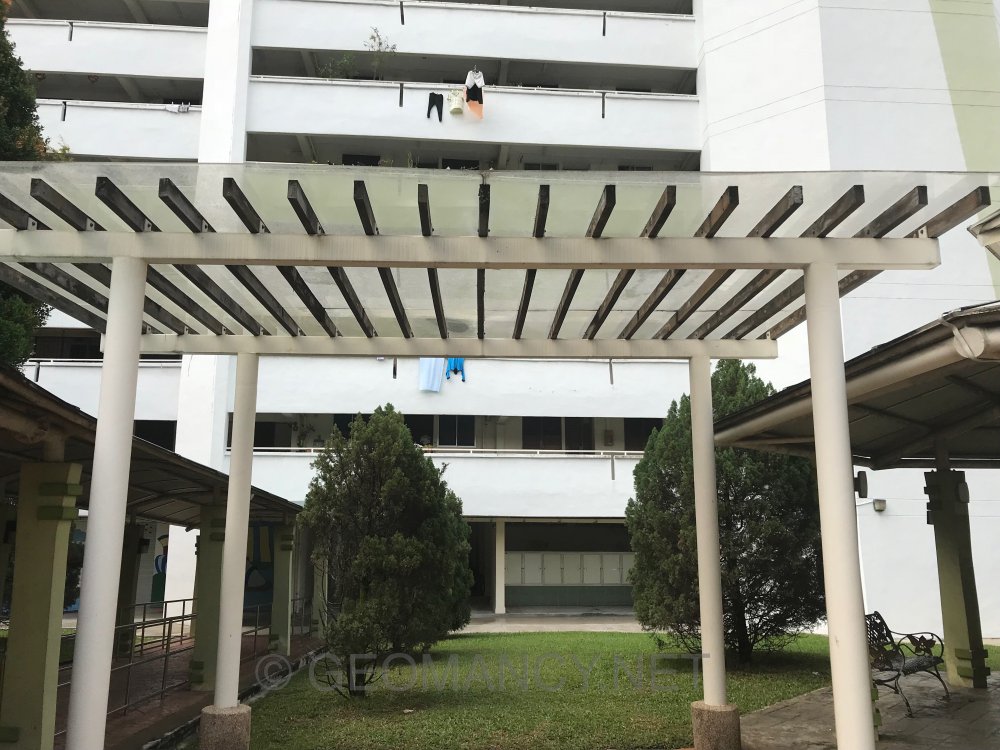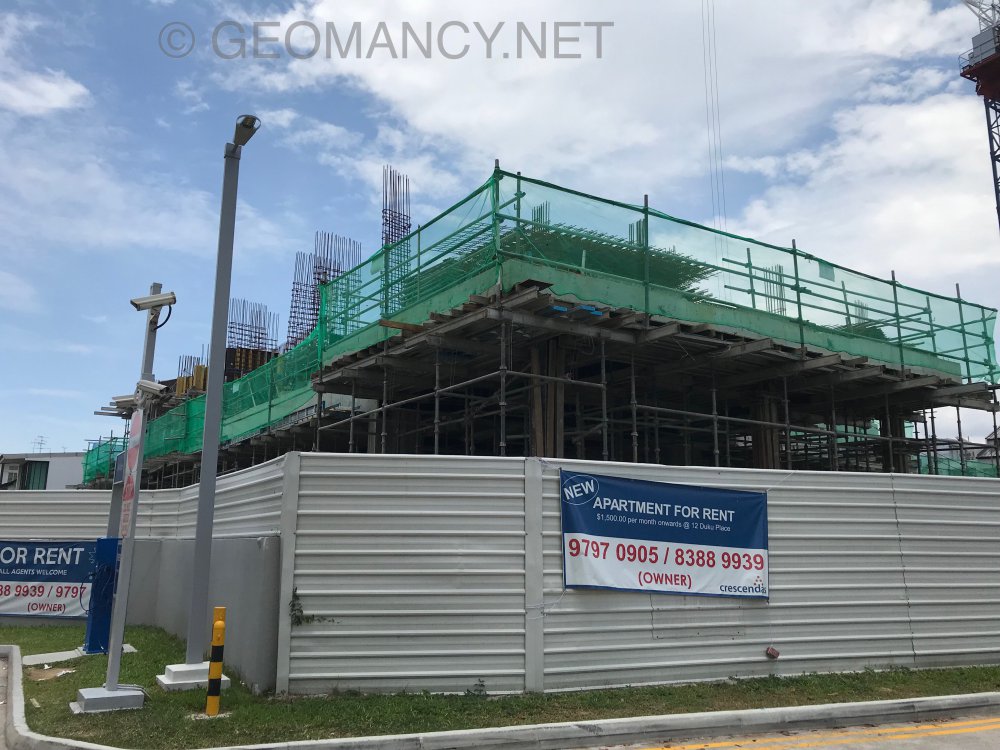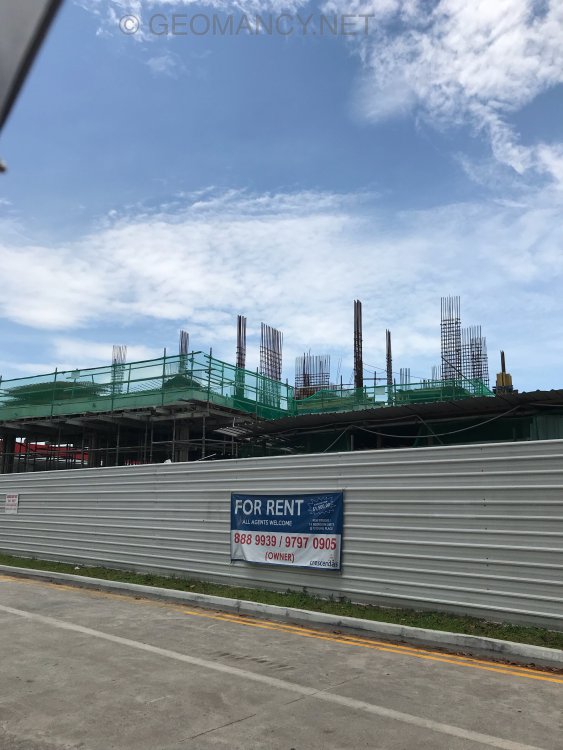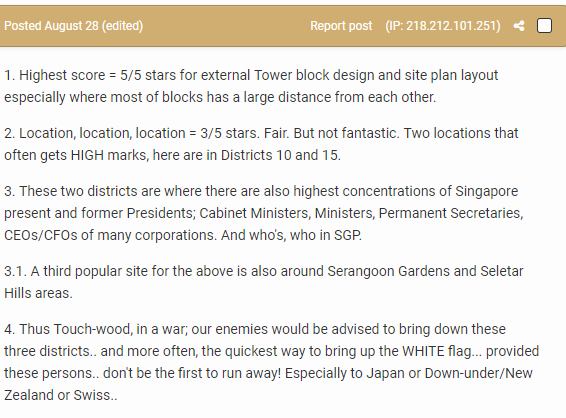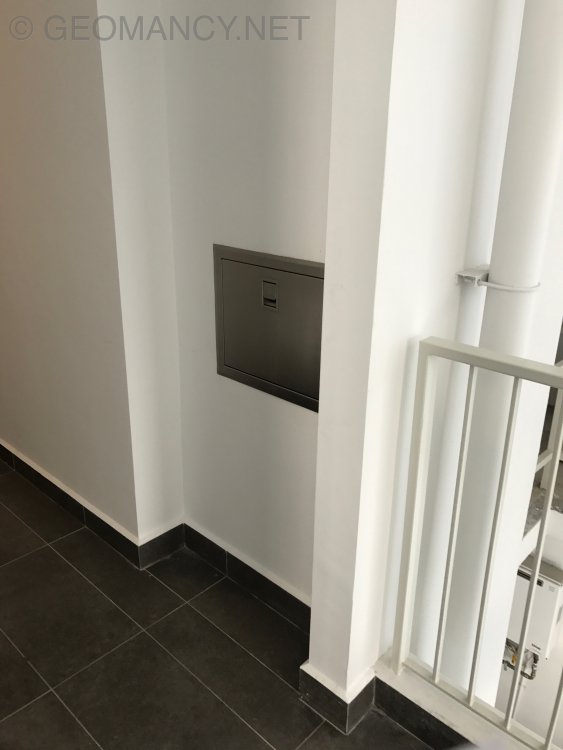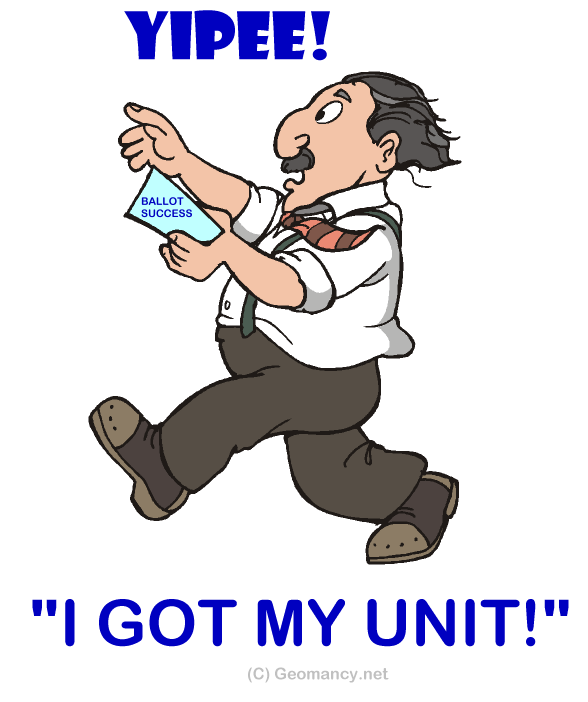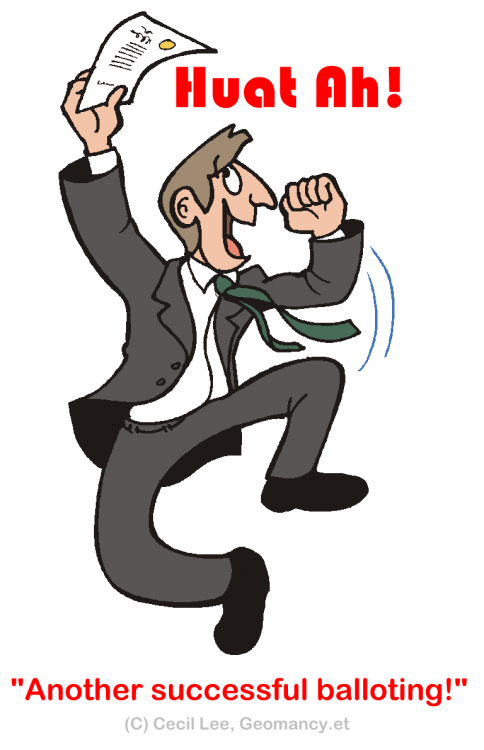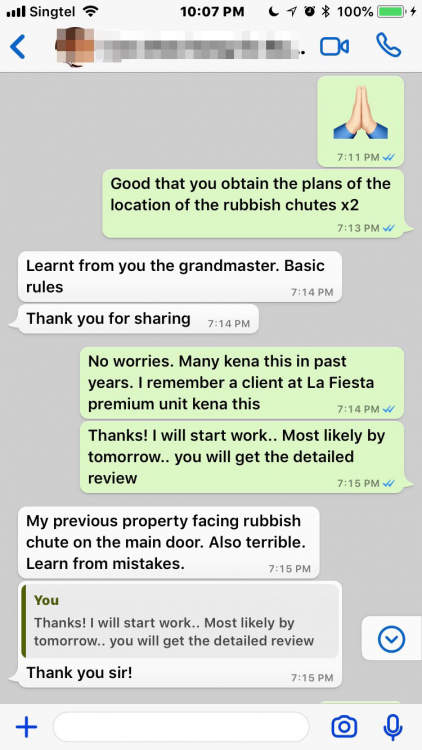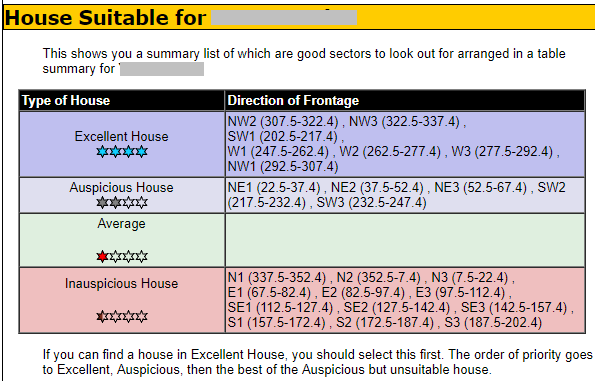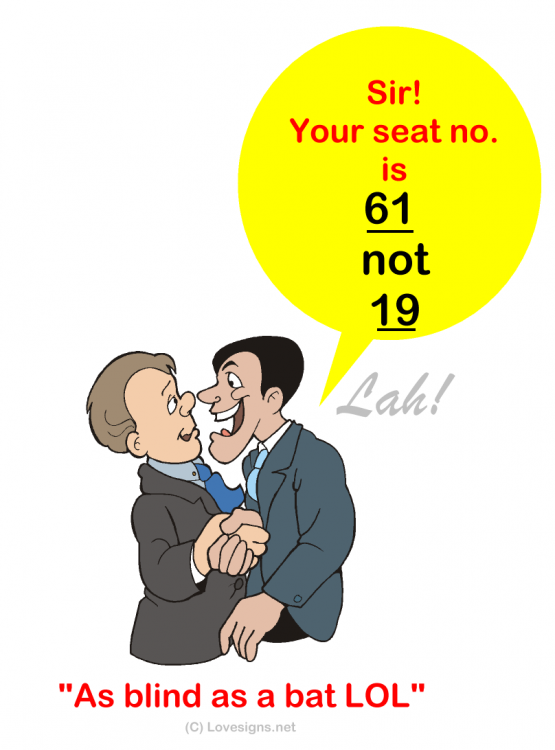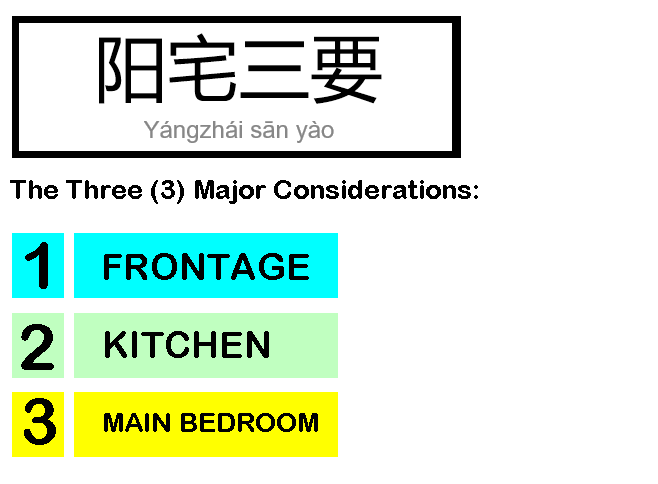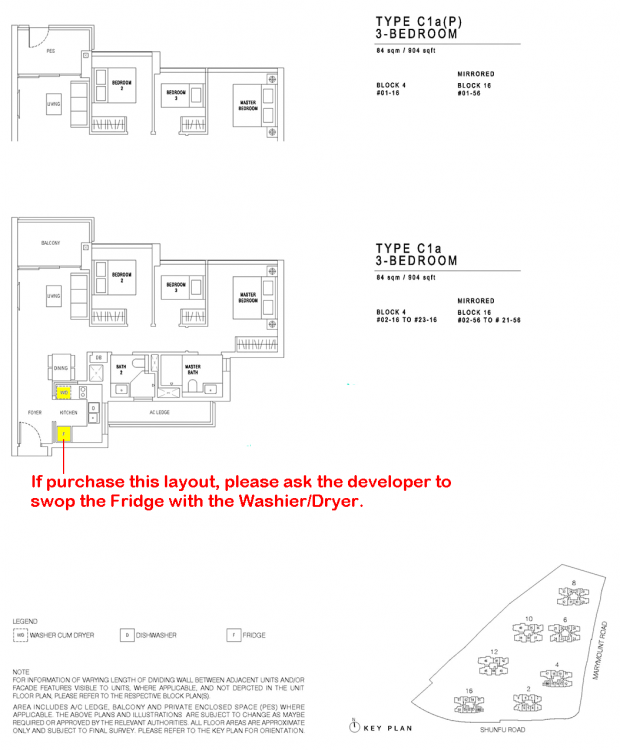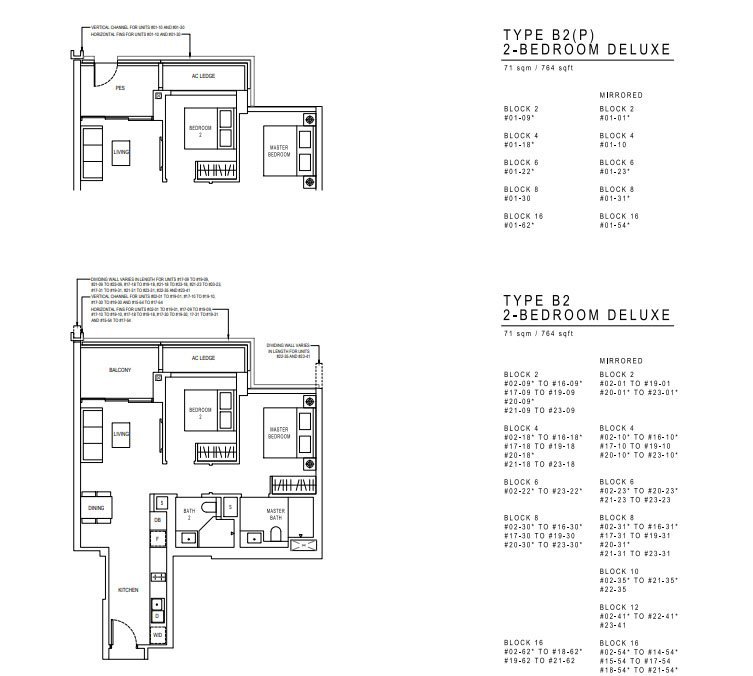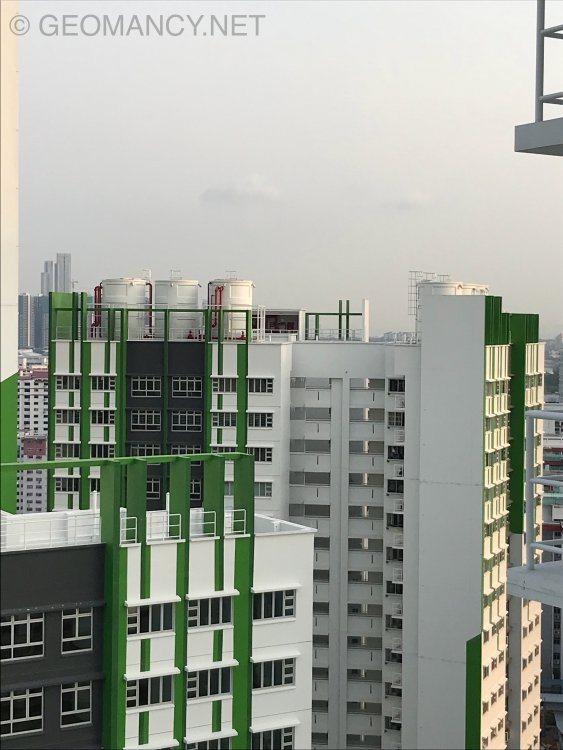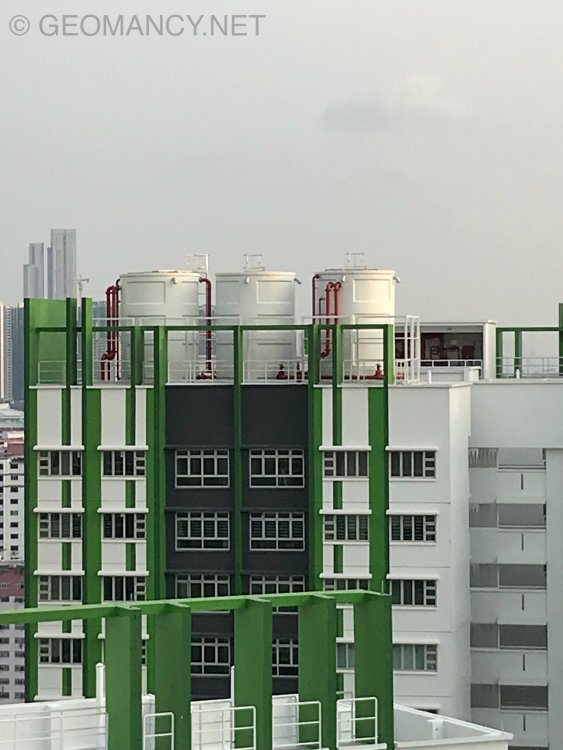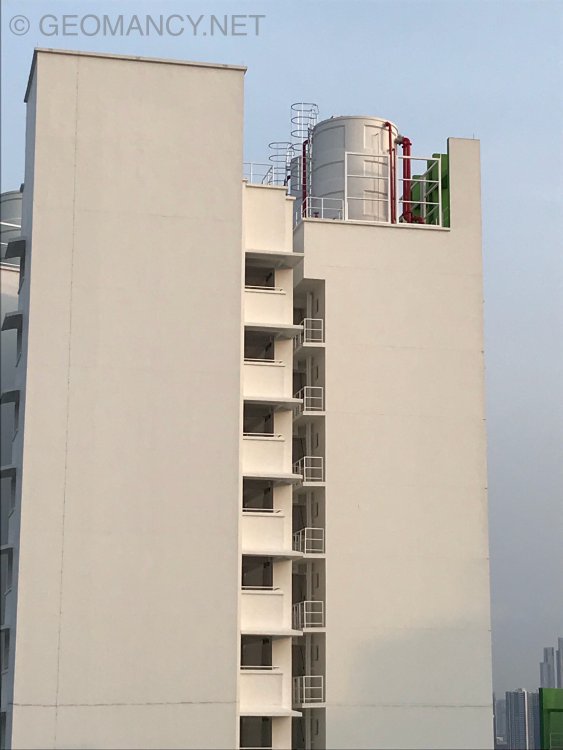-
Posts
38426 -
Joined
-
Last visited
-
Days Won
147
Content Type
Profiles
Forums
Blogs
Events
Gallery
Store
Articles
Everything posted by Cecil Lee
-
-
-
Potential poison arrows from the wooden trellis if it is aimed towards a unit’s opening such as a window or windows in a home
-

Seletar Park Residence - Which units are lucky today?
Cecil Lee replied to Cecil Lee's topic in Around Singapore
1980’s street map. Circled in RED shows roughly the outline plot of Seletar Park Res WITH the outer private homes INCLUDED, here -

Seletar Park Residence - Which units are lucky today?
Cecil Lee replied to Cecil Lee's topic in Around Singapore
Here are a few points to consider: 1. From the 1980s until the redevelopment of the site, it functioned as a self-sufficient small HDB satellite estate, which included Blocks 1 to 4 along with a Food Centre cum Market. 2. The Seletar Park Residence now occupies the site where the former Food Centre cum Market was located, as well as the last HDB Block 4 and part of Block 3. 3. Upon the opening of the showroom for sales, I took the opportunity to visit and assess the showroom. Although it may not conform to Feng Shui principles, the ground units boast high ceilings, which likely enhances their appeal, in addition to their compact dimensions. I remember that the showroom featured a swing-out and swing-in kitchen utility cabinet. I am unsure whether some of these features have been excluded in the smaller units. 4. A recent article about Jadescape emphasizes that the Seletar Hills area is one of the three main locations for white-collar professionals or Masters of Singapore opportunities! In other words, it is a hub for prominent individuals in the Singapore community. 5. This is the link:- 5.1. Yio Chu Kang is a broad thoroughfare. Nevertheless, my attention is directed specifically towards the Seletar Hills estate area. This condominium falls within that locality. 5.2. As mentioned in the excerpt, this "third area" in Singapore has attracted numerous notable individuals within the country. Unlike Kranji, Choa Chu Kang, and similar regions, I intend no disrespect towards the residents of these areas. 5.3. This area was previously rich in crickets. As some may be aware, films have portrayed former Qing Dynasty emperors keeping them as pets. Overall, the region is rather pleasant, with the exception of the plots closer to Jalan Kayu. Historically, that region was linked to pig farming, among other activities. Nonetheless, these aspects are not related to Feng Shui... Thankfully! 6. Returning to Seletar Park Residence, my main concern regarding Shapes and Forms is the large block No. 151, which accommodates the Telecom Exchange. It is quite conspicuous, and since this exchange cannot be removed... 7. The ground floor units remain unaffected by the roofline of the facilities... 8. Therefore, taking into account external factors such as location, I am not particularly fond of units that face outward, as they frequently overlook the backyards of others. If someone were to place me in an arm lock, I would have no option but to plead to look inward. 9. In Feng Shui, it is indeed advantageous, particularly if: 1. the frontage, 2. the kitchen, and 3. the bedrooms for individual family members are in alignment with their preferences, etc. It is important to note that there is no universal solution that applies to everyone. 9.1. Recall the time not too long ago when we were students. In our class, there were always those who excelled as the top students. 9.2. Naturally, there were also those who ranked between 15th and 20th in the class. Additionally, there were some who consistently appeared to be the last students. 9.3. The same principle applies here. In every development, whether it is good, bad, or unattractive, there are still units that can be classified as Excellent, Average, Poor, and even those regrettably referred to as "Go Commit Suicide Now!" 10. By the way, who, who, in Singapore does not reside in condominiums? They inhabit areas approximately 4 kilometers from the epicenter of Seletar Park... -
Case Study - Each block lobby has a bin chute with both a recyling and a common bin: Usually THREE units are affect in each block: Two units have this next to their main door as well as part of the entrance wall sharing this bin well. While at the opposite unit, one can partially see the bin door when the main door is opened. Don't you think it is like opening a CAN of WORMS! SUCKS! Oops! Can I change unit? Sir Why?? There goes my future re-sale value! -------------------------------------------------------------- Overheard this conversation.... Developer's Agent calm words: "Sir! Don't worry! I assure you! The rubbish chutes will be covered. Not like this, Lah!" Purchaser: "It is not so much of covered or not covered! Can you just move it away?" Developer's Agent: "Too bad... This is no longer my problem!" Developer's Agent: Started to practise Tai-Chi! After that, he walks towards the toilet and washed his hands...
-
Case Study: Where is the location of The Central rubbish bins. This development has a recycle and common bins. Cecil Lee: Good that you obtain the plans of the location of the rubbish chutes x2 Client: Learnt from you the grandmaster. Basic rules Client: Thank you for sharing Client: My previous property facing rubbish chute on the main door. Also terrible. Learn from mistakes.
-
Case Study: You wrote: I came across your explanation of ubi grove (part 9: Flying Stars Feng Shui ) that WEST GROUP individuals can choose NW3 units. 1. Friend, you may not be aware... you replicated an EAST Group chart. LOL LOL LOL 1.1 A miss is as good as a mile: A Toto number 19 does not mean that one can turn the toto sheet to reveal 61 and vice-versa. Likewise East Group template is TOTALLY different from West template. Or that Yin and Yang on a symbol cannot be swapped. 2. This is an actual West Group person chart: 2.1 Majority of West Group persons have similar but not exact rankings. For example other West Group persons may have NE1, NE2 under Excellent. While W2, W3 at Auspicious. 2.2 PLEASE NOTE: There are still many variations of the above. Based on individual breadwinner's birth-dates. Thus once in a while or rather in a "blue moon" that NW becomes inauspicious. But this is the exception than the norm. And start running to say that "There! why, why and why..." 2.3 So please, don't find out and assume that you are a West Group and start using the above chart. In addition, Ba Zi Feng Shui has to be considered. 2.4 The adage: " A little knowledge is a dangerous thing! " LOL
-
These are some considerations:- 1. Rather than say: "which sector to forgo, instead", focus on these two considerations or exceptions:- 1.1. Shapes and Forms : Location, location and Location = 70 % 1.2 Eight House & Flying Star Feng Shui with emphasis on 阳宅三要 or Yang Zhai San Yao = 30% 1.2.1 The three major (sub) considerations in a home: 1. Frontage, 2. the Kitchen & 3. Main Bedroom & if got family members, a unit which is also favourable. And try to get a unit which has as many of the above right. 1.2.2 The above equals to 100 marks. 2. Sha Qi 2.1 The two roads = more to do with stigma unless it is a ground floor unit which is facing especially the road exiting the HDB. 2.2 What is this STIGMA? 2.3 In many past forum messages, I wrote that if say a landed property home faces a T junction, there is a remote possibility that a run-away vehicle may plough into a home's main gate or fencing and enter into a landed property. 2.3.1 This also depends on whether which country one is in. Left or Right hand drive vehicles. 2.4 Because of the above, there is a stigma attached to even a home "UP-UP" in the sky! More case studies of houses at T junction: 2.5 The test is whether a vehicle can fly over firstly the pathway, plough through the fence and even after than go through trees or plants (if any) and into the PES and then into a condo unit? You think can or not? 2.6 Or a vehicle can fly into a 2nd or 3rd storey unit facing this road leading out of the HDB or not? 2.7 If all above is not possible then from this: what is the worry? 3. The worry starts when everyone automatically associates the "two roads" with Para 3.1! 3.1. Often cannot change the minds of those who have a hazy concept that it purely affects landed properties. But go convince those and even some Feng Shui practitioners. For example: if resale and a potential buyer views the unit.. they will like what you wrote.. based on hardcore STIGMA say that the unit is inauspicious. Even if actually.. not affected. Again, how to convience a stubborn COW? 4. Flow of Qi. 4.1. Not likely, here. But if wind somehow seems to unobstructed and again due to high and low pressure zones, if somehow, very strong winds come.. even items at the Personal Enclosed Space (PES) starts to move or too windy at the balcony... during such a time either if there is a external zip track or external blinds draw it or close the doors. 4.2. This also can happen at any other developments without such a road(s) facing a unit. For example, because of the way the stacks in a block are placed, many clients at The Trilinq feedback that even their outdoor table and chairs can even fly everywhere. 5. Other matters: 5.1. This may not be affected by what you wrote. But is from observations. 5.2. It has to do firstly with busy road junctions. Here, there is a more likely chance of hearing screech marks of tires or near misses. And if one's unit is facing this cross junction, then it can be irritating to hear such effects. 5.3. Since this is a two way service road less likely or none at all. Given that the speeds should be reduced and if proper signals are given. 6. In conclusion: Why then give oneself all the hassle! Simply skip these stacks/units.
-
These are some considerations: 1. Good that although the house is at the end of the street; it is not a cul-de-sac. If at cul-de-sac ... is further consideration. 2. Common sense 2.1. In Malaysia, many don't like to have a corner house because of brazen robbers (Thieves). Who are even bold to poison dogs and climb into the house. 2.2. Above depends on individual country. In Singapore, such a home is safe. 3. Is the home just a few kilometres next to the sea? If no, please ignore, this:- 3.1 Check that your country / location is not under the Tsunami belt. If so... might as well see the movie : "Gone with the Wind". Or recent films include: "Gone in 60 seconds".
-
-
阳宅三要 or Yang Zhai San Yao The three major considerations in a home: Main Door or Frontage, the Kitchen & Bedroom (C) Geomancy.net Note: Main Door may or may not be the Frontage. While Main Bedroom is commonly known as the Master Bedroom. But sometimes if the female gender is single.. calling it "Master" would be odd. Or calling it Mistress Bedroom. Thus, it is more gender specific to call it MAIN, instead.
-

Need help in choosing a good unit -canal/tjunction: HDB Adora Green
Cecil Lee replied to myfs_149165's topic in General Help
-
Case Study - Type 1Ca & Type 1Ca (p) 3 - Bedroom 1. Preferred that the Washing Machine cum Dryer or WD is swopped with Fridge. 2. Although the WD is below, it is not ideal for both to be so close to each other. 3. Common sense also plays a part: 3.1. Be careful of holding the soap powder close-by especially on a windy day. As the power may just deposit onto the surface or onto cooked food. 3.2. When using the washing machine and dryer, often the steam settles down.. it is too uncomfortably close to the stove. 4. Type B2 & B2 (P) or 2-Bedroom Deluxe: The placement of the WD under this layout is acceptable:
-

Need help in choosing a good unit -canal/tjunction: HDB Adora Green
Cecil Lee replied to myfs_149165's topic in General Help
If the canal is similar to it being channeled underground where it disappears just before The Chuan at Chuan Close until SMRT Depot then good. Since the canal is open air and water flows away from this development towards Kallang river, then it is a cause for concern, here. Thus not favourable under the Water Classics.
Forecast
Free Reports
Useful Handbooks Guides
Feng Shui
- Feng Shui Resources
- Fun with Feng Shui
- Photo & Pictures
- Encylopedia of Feng Shui
- Singapore Property Review
Chinese Horoscope
Palmistry
Feng Shui Consultation
Services
Order & Download Forms
Main Navigation
Search




